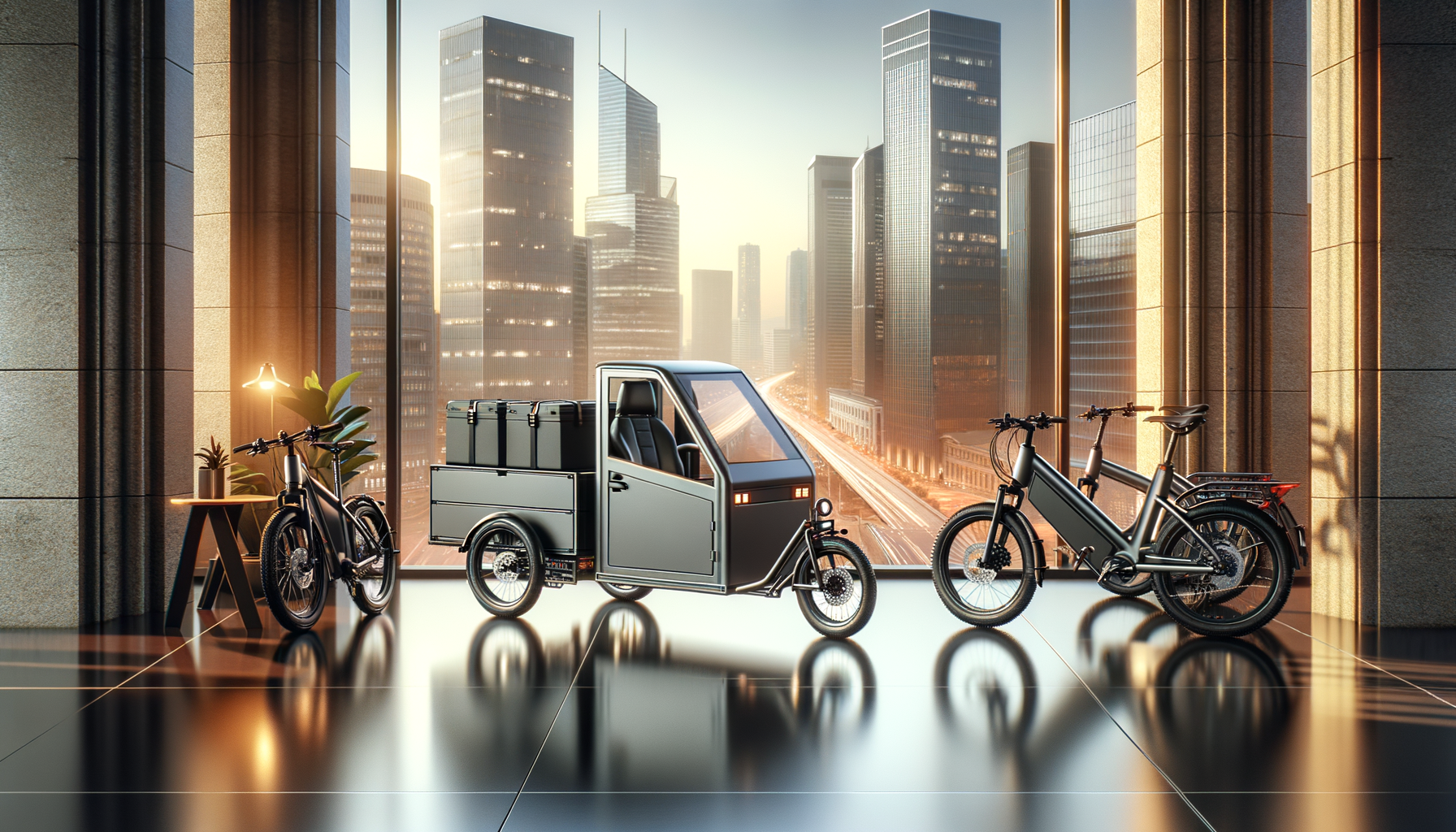Introduction to Cargo Bikes
Cargo bikes, often referred to as the workhorses of modern urban transport, are becoming increasingly popular in cities worldwide. These versatile bicycles are designed to carry heavy loads, making them an ideal solution for businesses, families, and individuals looking to reduce their carbon footprint and navigate congested city streets efficiently. In recent years, the rise of e-commerce and the need for sustainable delivery solutions have further propelled the popularity of cargo bikes. As cities strive to become more environmentally friendly, cargo bikes offer a practical and eco-conscious alternative to traditional vehicles.
Types of Cargo Bikes
Cargo bikes come in various shapes and sizes, each designed to cater to different needs. The main types include:
- Long John Bikes: Known for their elongated front frame, these bikes have a cargo platform between the handlebars and the front wheel, making them suitable for carrying larger loads.
- Longtail Bikes: These bikes feature an extended rear rack, providing ample space for passengers or cargo. They are often favored by families for transporting children and groceries.
- Trikes: With three wheels, these bikes offer enhanced stability and can carry heavier loads, making them popular for commercial deliveries.
Each type has its own set of advantages, and the choice often depends on the specific requirements of the user. For instance, Long John bikes are excellent for businesses needing to transport bulky items, while Longtail bikes are more family-friendly.
Benefits of Cargo Bikes
Cargo bikes offer numerous benefits that make them a compelling choice for urban transport. Some of the key advantages include:
- Environmental Impact: As a zero-emission vehicle, cargo bikes contribute to reducing air pollution and traffic congestion in cities.
- Cost-Effectiveness: With no fuel costs and minimal maintenance expenses, cargo bikes are a budget-friendly alternative to cars and vans.
- Versatility: Whether it’s delivering packages, transporting children, or carrying groceries, cargo bikes are adaptable to a wide range of tasks.
Their ability to navigate narrow streets and avoid traffic jams also makes them a time-efficient option for urban dwellers.
Challenges and Considerations
While cargo bikes offer many benefits, there are also challenges and considerations to keep in mind. Some potential drawbacks include:
- Initial Investment: Cargo bikes can be more expensive than traditional bicycles, particularly those equipped with electric assistance.
- Storage Space: Due to their larger size, finding adequate storage space can be a challenge for some users.
- Weather Conditions: Riding a cargo bike in adverse weather conditions can be challenging, particularly in areas with heavy rainfall or snow.
Despite these challenges, many users find that the benefits outweigh the drawbacks, especially when considering the long-term savings and environmental impact.
Conclusion: The Future of Urban Transport
As cities continue to grow and evolve, the demand for sustainable and efficient transport solutions will only increase. Cargo bikes, with their versatility and eco-friendly nature, are well-positioned to play a significant role in the future of urban transport. For businesses, they offer a cost-effective and reliable delivery method, while individuals can enjoy the freedom and flexibility they provide. As more cities invest in cycling infrastructure and promote sustainable transport options, cargo bikes are likely to become an integral part of the urban landscape.




Leave a Reply